Opening New Doors for Japan by Sustaining Wartime Memories
Categories:
Overview
Potential for new “memory studies” in Japan
generated by perspectives from dark tourism and pop culture
Memories of war in Japan tend to constitute “official” aspects that are well known both within and outside Japan, such as Hiroshima, Nagasaki, and Okinawa. However, in the shadows of these major memories are countless so-called “unofficial” memories of war that are small and hidden from view. In the case of Hiroshima, for example, almost all war memories have been standardized into memories of atomic bombing victimhood, overshadowing the hidden memories of aggression in the form of the poison gas factory that was located on the island of Okunoshima. War memories are diverse and complex.
Moreover, Japan is approaching a turning point in terms of passing on war memories. As those with personal experience of war grow old, direct oral transmission of war memories is becoming more difficult. The recent renewals of museums and memorial facilities in places like Hiroshima and Okinawa are attempts to tackle the question of how to pass these memories on to the next generation. In this context, discussions are underway in many forums that question the nature of “memory” itself (whose memory, for what purpose, etc.) and consider how people create, communicate, and also forget memories that should be passed on.
Over many years of research on collective memory, I have been focusing on the role played by media and culture, especially forms of popular culture such as cinema, anime, manga, and games.
I have also employed this unique perspective to study how war memories are passed on, and in the course of this research I encountered the concept of “dark tourism,” which explores war memories from a tourism studies perspective. Originally, dark tourism referred to tourism focused on themes like death and suffering, and while it was a useful concept for research on war heritage sites and peace museums in Japan, it was developed in a Western cultural and historical context. I use it in a modified form as an aid to study cases in Japan and other countries in Asia, exploring the construction of multiple collective memories of wars with different standpoints and modalities even within the same country. Above I mentioned Okunoshima in Hiroshima Prefecture. This island has a dark history of being home to a poison gas factory in wartime, but has today become a popular tourist destination, known on social media as an island of cute rabbits. People go there for leisure activities, both to learn about the suffering caused by poison gas and to enjoy the rabbits and natural environment. What is interesting is the paradoxical coexistence of dark and pop elements, in a distinctively Japanese form, providing insights into the realities and new possibilities for sustaining memories of war.
This research employs a “memory studies” approach to combine knowledge from various disciplines to make sense of the processes by which war memories are constructed as a combination of individual and collective memories—in both temporal and spatial terms.

Novelty/originality
Using a multi -layered approach from a de-westernizing perspective to explicate the multiple facets in the construction of new war memories
A key feature of this research is its use of the keyword of “memory studies” and combination of prior research on war memories from a range of academic disciplines, including sociology, education, psychology, tourism, and media/cultural studies. Another feature is the use of a distinctively Japanese de-westernizing perspective.
Firstly, I am undertaking a radical reinterpretation in an Asian context of the concept of dark tourism, which developed in a Western-centric manner. Tourism related to the legacies of war in Japan in particular does not focus on death and sadness in the same way as in the West, but instead emphasizes the hope and wishes for peace that lie beyond those facets (an example of this is the preference for the term “peace memorial” rather than “war memorial” in Japan). Focusing on this distinctive feature, this research aims to further explore and discuss concepts that explain the seemingly odd coexistence of dark and light facets, such as the concept of “hope tourism.”
With regard to sustaining memories of war, I am looking at the roles played by tourism and popular culture in addition to the standard educational approaches. This is because war memories among the younger generation are being reconstructed through anime, manga, games and other forms of popular culture, and through tourism, which is influenced by social media.
Currently, I am using the island of Okunoshima in Hiroshima Prefecture as my main field site to explore the diversity of war memories and approaches to sustaining them. Okunoshima has a dark wartime legacy, having been erased from maps owing to the presence of a poison gas factory operated by the Japanese military. Today, however, thanks to the power of social media, it is a popular tourism destination known as the “rabbit island,” attracting visitors from both Japan and abroad. In this research I use a “memory studies” approach to shed light on how this coexistence of pain and leisure, dark and pop—which is rarely found even internationally—can open up new possibilities for passing memories on to the younger generation.
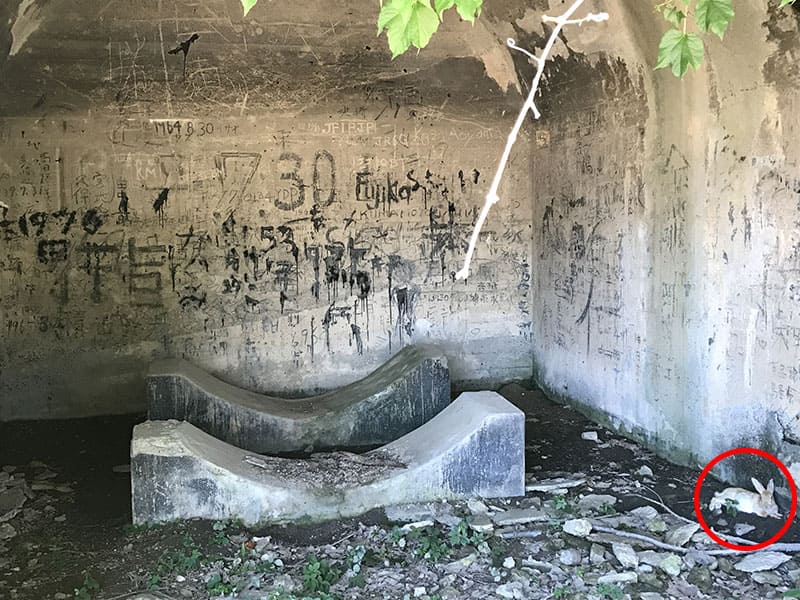
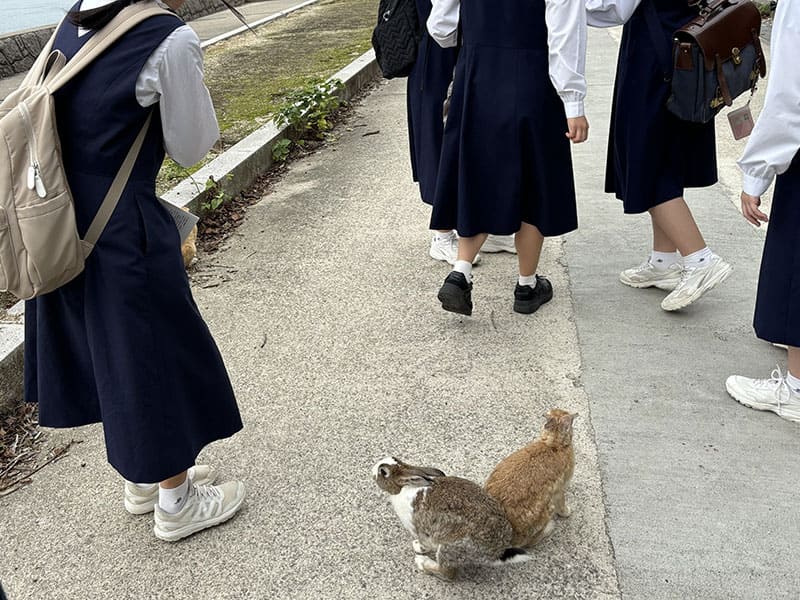
On Okunoshima, numerous rabbits can be found even on the site of the former poison gas factory. Visitors to the island often make comments such as: “there’s a strange attraction in how the cuteness of the rabbits is juxtaposed with the creepiness of the factory’s remains,” and “the misery of war weighs heavily here, but the rabbits offer some solace.” Rather than being in conflict, the elements of pain and pleasure, or dark and pop, actually complement one another. (Image provided by the principal investigator)
Related Research
Revisiting the Educational Tourism at War Heritage Sites: An Asian Perspective Beyond Dark Tourism
Uncovering the black-box of educational dark tourism: Comparative analysis of the mechanisms of packaging and perceiving of war narratives through war heritage sites between former enemies
Principal Investigator
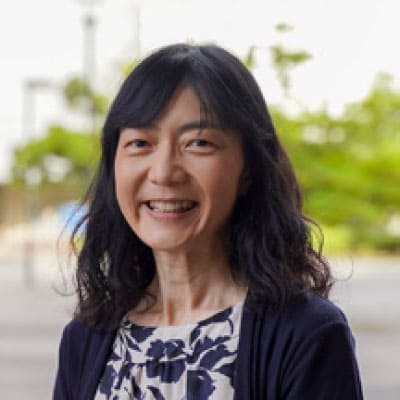
Ritsumeikan Asia Pacific University
You can view and print a summary of this page's contents in a single PDF page here.






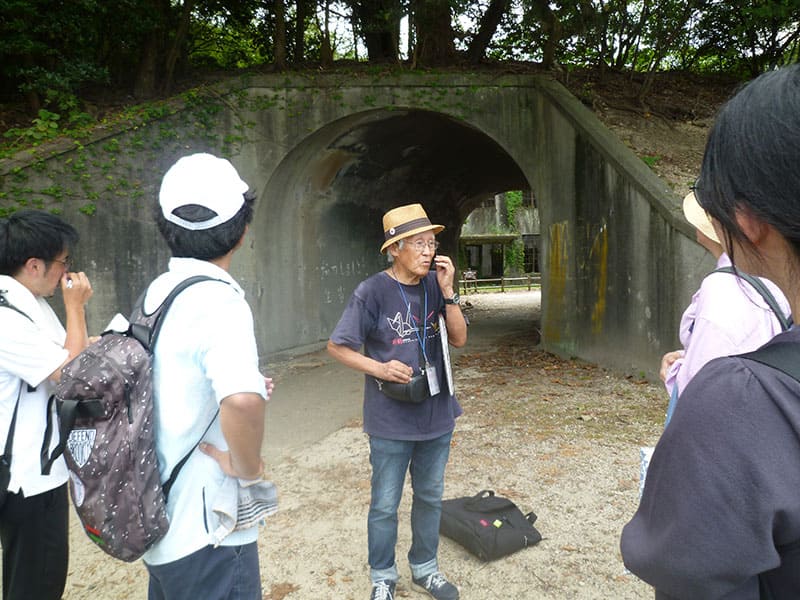
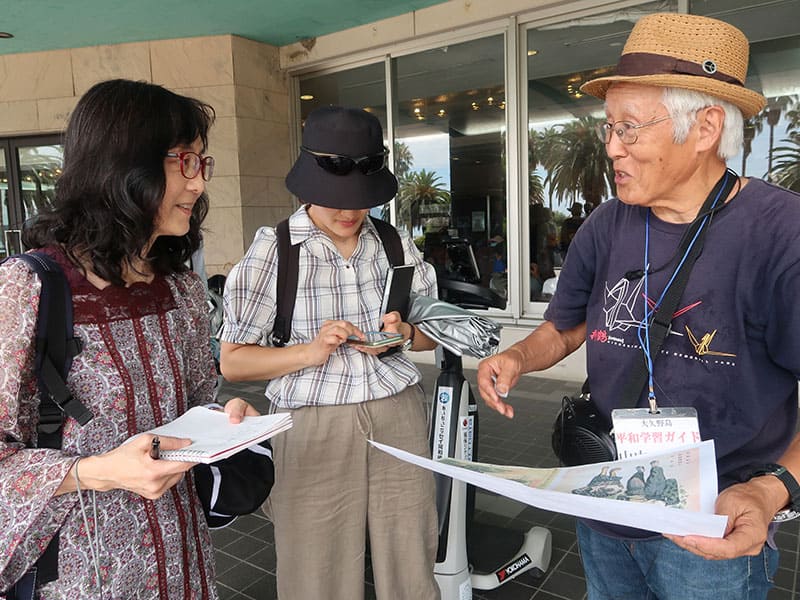
For many years I have been pursuing research in line with my interest in the formation and transmission of collective memory through media. When I came across dark tourism studies as an extension of this research, I hit upon the concept of “media studies” as a way of approaching tourism as one form of media and applying ideas from a variety of academic disciplines.
Memories of war are not simply records of the past. They are also the key to creating the future. My research seeks to understand the relationships that memory has with tourism and pop culture, and to apply this understanding in concrete strategies for sustaining memories into the future. By doing so, I hope to play a role in helping the next generation understand the formation and structure of complex war memories and build a new society.
Ritsumeikan Asia Pacific University Faculty Information
researchmap